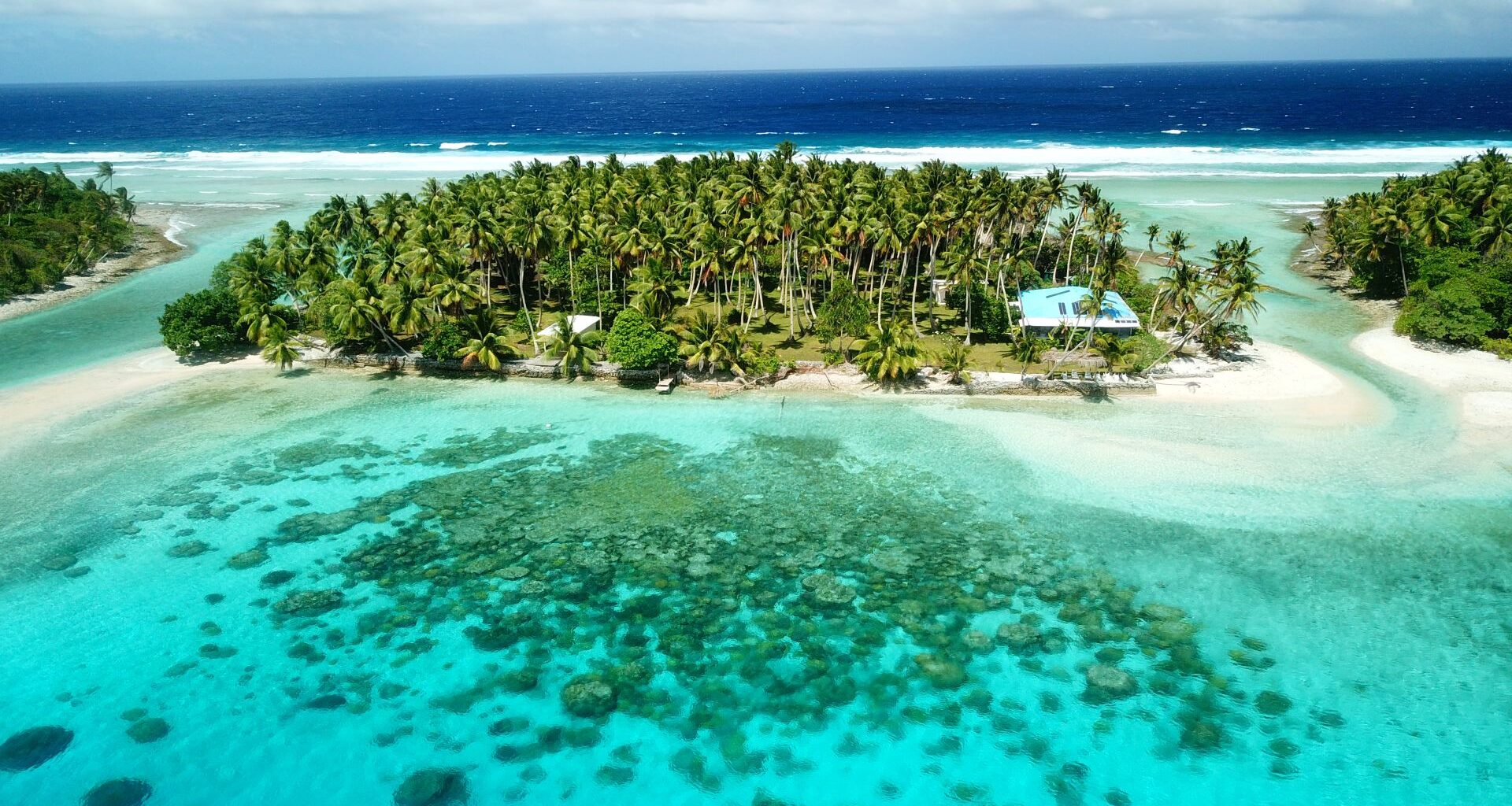The successful removal of an invasive rat species saw nature spring back to life on two idyllic islands.
The Republic of the Marshall Islands is an archipelago between Hawai’i and the Philippines. Two islands, Bikar Atoll and Jemo Islet, are home to incredible sea turtles, seabirds, coral reefs, and blissful lagoons. Unfortunately, over time, an invasive species of black rat wreaked havoc on these delicate ecosystems, putting many flora and fauna at risk.
After efforts by the nonprofit organization Island Conservation to rid the islands of black rats one year ago, Good News Network reported a huge success, describing the return of many species as an “explosion of wildlife.”
Island Conservation project manager Paul Jacques commented, per Good News Network, “After only one year, the transformation is dramatic.” He highlighted the arrival of a colony of 2,000 sooty tern seabirds with hundreds of chicks, whereas previously the rats had destroyed their eggs, making it impossible for the species to live on the island.
Similarly, this year, Island Conservation has discovered thousands of native Pisonia grandis tree seedlings, whereas in 2024, it found zero.
“Native forests are crucial for seabird nesting and are critical to carbon absorption and the island’s ecological health,” Jacques told Good News Network.
Want to go solar but not sure who to trust? EnergySage has your back with free and transparent quotes from fully vetted providers that can help you save as much as $10k on installation.
To get started, just answer a few questions about your home — no phone number required. Within a day or two, EnergySage will email you the best local options for your needs, and their expert advisers can help you compare quotes and pick a winner.
With native species thriving again on Bikar Atoll and Jemo Islet, indigenous communities have an influx of useful resources at their disposal.
Invasive species are notoriously difficult to remove from an area once they’ve been introduced, so this discovery is a positive sign that it is possible and that the damage done is reversible. A similar outcome after invasive rats and goats were removed from the Caribbean island of Redonda shows how nature can bounce back.
Keeping ecosystems in balance by removing invasive species is a key way to conserve native plants, animals, and habitats. It can also limit the spread of diseases between both animals and humans and ensure that natural resources and food security are protected for local communities.
“This is why I keep doing this job — to see those kinds of transformations,” Jacques remarked to CNN.
TCD Picks » Quince Spotlight
💡These best-sellers from Quince deliver affordable, sustainable luxury for all
Join our free newsletter for good news and useful tips, and don’t miss this cool list of easy ways to help yourself while helping the planet.


